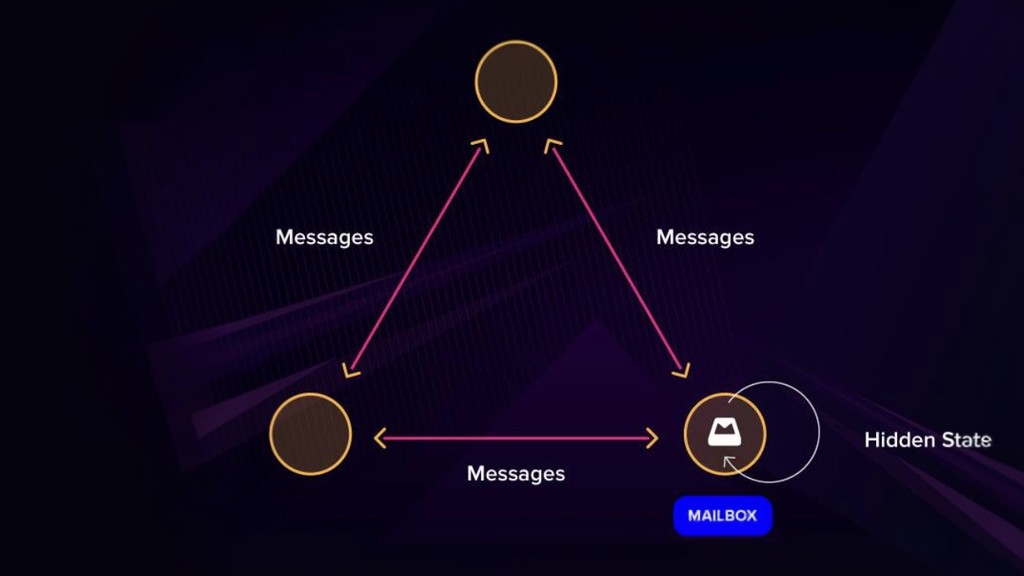Software Development
What is Erlang?
So, today I’m diving into Erlang, a bit of an under-the-radar language. You might not hear about it much, but it’s the power behind huge apps like WhatsApp and WeChat. I’m going to chat about what this language is all about, its backstory, and if it’s worth picking up for yourself.
What is Erlang, and where is it used?

Erlang is this unique programming language that’s really great for building stuff that needs to be super reliable and handle a ton of things at once. Think of it as the behind-the-scenes hero for big, complicated systems.
Back in the late ’80s, Ericsson needed something robust for their telephone switches, which were seriously complex, kind of like how the internet is today. They needed a language that could handle a lot of tasks simultaneously and keep running without any breaks. None of the existing languages fit the bill, so three Ericsson guys – Joe Armstrong, Robert Virding, and Mike Williams – rolled up their sleeves and created Erlang.
It’s not just the technical stuff that makes Erlang stand out. There’s this super cool marketing video about it that’s probably one of the best I’ve seen for any programming language. It’s got a distinct vibe that sets it apart from other languages.
Process-oriented

Functional
Erlang is often categorized as a functional programming language, alongside others like Scala and Haskell. This categorization is due to several key characteristics commonly found in functional programming languages, which Erlang also exhibits:
- frequent use of pure functions
- higher-order functions
- pattern matching
What is Erlang good for?
Erlang is particularly effective in scenarios requiring network-based communication among various entities. This aligns closely with the fundamental design of the language.
Key applications of Erlang include:
- Chat Applications: Erlang is utilized in high-profile messaging apps like WeChat and WhatsApp, thanks to its ability to manage a vast number of simultaneous users. It boasts a robust messaging platform, ejabberd, which is ideal for creating expansive chat applications.
- Message Queue Systems: Erlang’s success is exemplified by RabbitMQ, a widely-used open-source message broker that supports AMQP and other protocols.
- Blockchain Technology: In the blockchain realm, Erlang is employed by Aeternity, which focuses on scalable, secure, and decentralized applications, for its node architecture.
- Binary Manipulation: Erlang has a rich history in the telecom sector, requiring quick development of binary protocols. Its capabilities make handling binary data, such as through pattern matching, more straightforward. This makes Erlang suitable for tasks like hex editing.
- Distributed, High-Performance Services: For projects needing to process transactions from numerous sources, like fintech, or for developing platforms for bidding or user matching, Erlang proves to be a solid option.
To explore more about Erlang’s practical applications, you can refer to our compilation of Elixir and Erlang companies, showcasing various use cases.
Why should you use Erlang in your project?
Erlang’s got a few superpowers that set it apart from other programming languages, all thanks to how it’s built:
- Concurrency: Erlang’s BEAM virtual machine uses these nifty lightweight threads called processes. They’re isolated, spread their workload across all CPUs, and chat through messages. This setup, combined with Erlang’s functional style, makes writing concurrent programs way easier.
- Scalability: Erlang is like a dream for today’s distributed computing and multicore CPUs. Its processes make scaling up a breeze, whether you’re adding more machines or just boosting the cores on your current ones.
- Reliability: Erlang lives by the motto “let it crash.” Sounds wild, right? But this approach to fault-tolerance is genius. Lightweight processes can reboot fast thanks to the supervisor system, creating systems that pretty much fix themselves. It’s surprisingly effective against most bugs, except the really serious coding mistakes.
Erlang vs. Elixir
Yep, Erlang’s not the only player in the BEAM game. Elixir is another big name that runs on the BEAM virtual machine, making it a key part of this ecosystem.
What is Elixir?
José Valim is the brain behind Elixir, crafted in the early 2010s. He took Erlang’s robust core and layered it with a modern, Ruby-like syntax. The result? A language that’s a step up from both Erlang and Ruby.
Elixir really started turning heads around 2015-2016, especially with the release of Phoenix, its go-to web framework. Want to dive deeper into Elixir and Phoenix? Check out our intro to Elixir for more insights.
Advantages of Elixir over Erlang
Alright, let’s talk about why Elixir might edge out Erlang:
- Modern Syntax: If you’ve already dabbled in other popular programming languages, Elixir’s syntax will feel like a breeze. It’s more straightforward and cuts down on unnecessary code, which can really ramp up your productivity.
- More Buzz: These days, Elixir’s the one getting more attention. This means you’ll find fresher content and resources on Elixir, which is super helpful when you’re learning.
- Frameworks Galore: For web devs, Elixir is a dream. It’s got Phoenix, an amazing framework that makes web development with functional programming a lot smoother. And if you’re into embedded software, there’s Nerves. So, if web or embedded software is your thing, Elixir’s the way to go.
Is Erlang worth learning?
Thinking about learning Erlang? Here are three solid reasons to go for it:
- Career Goals: If you’re aiming for a job in areas where Erlang shines, like at a company that runs chat apps (WhatsApp, anyone?), it’s a smart move.
- Efficient Coding: Want to build compact, efficient programs without relying on a bunch of extras? Erlang’s your go-to. It’s pretty self-sufficient and lets you do a lot straight out of the box.
- Just Curious: If you’re the type who loves exploring new programming concepts without worrying about immediate practicality, Erlang’s a cool choice. Welcome to the world of BEAM!
But hey, if the third point resonates with you, I’d nudge you towards Elixir first. It’s been getting more buzz lately and could open up more job opportunities. Plus, it’s a bit friendlier for beginners.
Once you’ve got Elixir down, you can dive into Erlang to understand its inner workings. This knowledge can seriously level up your Elixir skills and boost your chances of getting hired as an Elixir developer.
-

 Manage Your Business2 days ago
Manage Your Business2 days agoTOP 10 VoIP providers for Small Business in 2024
-

 Cyber Risk Management6 days ago
Cyber Risk Management6 days agoHow Much Does a Hosting Server Cost Per User for an App?
-
Edtech2 days ago
How to fix PII_EMAIL_788859F71F6238F53EA2 Error
-

 Grow Your Business6 days ago
Grow Your Business6 days agoThe Average Size of Home Office: A Perfect Workspace
-
Solution Review6 days ago
Top 10 Best Fake ID Websites [OnlyFake?]
-
Business Imprint6 days ago
How Gaming Technologies are Transforming the Entertainment Industry
-

 Gaming Technologies4 days ago
Gaming Technologies4 days agoHow to Set Up Text-to-Speech for Channel Points on Twitch











